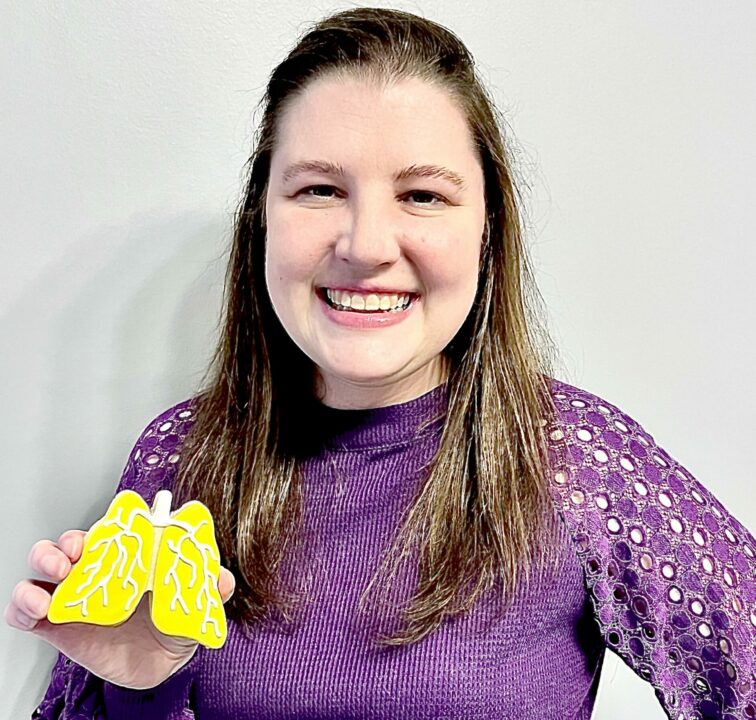Authored by Cello Health BioConsulting, now part of Lumanity
Imagine being told that you are about to be dropped into a deep and deadly hole with nothing but a grappling hook to pull yourself out. The good news is you have some choices: some hooks offer a better grip on the first toss but eventually slip over time, while others leave you to tumble a bit before ultimately holding fast. Some you know will work great but at an enormous price tag, and others that are affordable but also old and rusty. And then there are some that might work really well but you’ll have to wait a while before getting them from the manufacturer. In such a life-or-death situation, it’s nice to have so many choices, right? On the other hand, you really don’t have much time to decide.
Perhaps by now you can see the metaphor: thanks to what many have (correctly) hailed as the dawn of new golden age in cancer drug development, we are already finding ourselves on the cusp of a world in which, at least for certain types of cancer, patients will be presented with an increasingly diverse array of therapeutic options, each with their own nuanced risk-benefit calculation.
Maybe you or someone you know has been handed a poor prognosis. What will it mean for him and his loved ones to be staring into the abyss armed with a bevvy of fancy new treatment options? And most importantly for innovators and their investors, what choices will he make, and why?
(Well, perhaps it’s not a question for innovators quite yet since they’d hopefully be passing their solutions off to Pharma rather than selling it all by themselves – a desirable exit for investors, to be sure. But in an industry where the present value of a therapeutic candidate serves as a loose surrogate for the more slippery concept of market demand, even companies at the earliest stages of product development must address concerns about their value proposition – the ever-important “so what?” – within the context of evolving market conditions.)
Try to imagine what a cancer patient in 2030 will think about his different treatment options. Sure, there’ll be a med-onc in his ear and the threat of an enormous price tag over his head to help thumb the scale one way or another. But the decision of which drug to choose will really be his to an extent that we can’t really imagine in today’s market. Why? Because he will have actual choices. And, in some cases, he will have to foot a hefty proportion of a hefty bill.
Returning to the grappling hook metaphor (intended above all as a reminder that, for patients, every treatment option looks like a different version of the same thing), chemotherapy is a cheap and rusty grappling hook that may work for a time but not without rendering the patient sick in the process. Newer modalities each offer something of interest, though none without their imperfections (it’s indeed the rare exception to hear of a “met need” in cancer). Targeted approaches like ADCs, TKIs, and “naked” antibodies offer the promise of temporary relief and a relatively benign safety profile, whereas immunotherapies such as checkpoint inhibitors (anti-PD1s at present) could provide more durable benefit for the lucky minority of patients with “warm” tumors. And then there are T-cell redirecting biologics and adoptive cell therapies, many positioned as an admittedly costly and complicated means to drive a durable antitumor immune response in patients for whom such an outcome would otherwise be unlikely.
Without going into the details of specific modalities (I’ll save that for another day), perhaps one of the most interesting, though not wholly unexpected, trends we’re seeing is the propensity of innovators to position their technology as the best of all worlds: a T-cell therapy with biologic-like simplicity and NK cell-like evasion of the host immune response, an NK cell therapy with T-cell-like durability, or an antibody-based biologic with cell therapy-like immune-redirecting capability. It’s a story that innovators must tell in order to get investors and would-be partners excited, let alone past the overhang of perceived gaps in their value proposition.
But its also a such a trend that, to some extent, ignores the bigger picture of where the treatment algorithm is headed: a buyer’s market. Let me put it this way: would you rather go to a Thai restaurant that also offers cheeseburgers and pizza on the menu or one that offers only kick-ass Thai food? Pharma can be the food court, buying up different external solutions to gaps in their broader suite of offerings. But innovators may best be served by understanding the “so what?” of their technology and formulating a positioning strategy that accordingly aligns their value proposition with evolving needs.
And let us not lose sight of where things are headed: myeloma patients will soon be able to choose not only from Revlimid or Velcade but also an oral proteasome inhibitor (Ninlaro), multiple antibodies (Darzalex, isatuximab, Empliciti), anti-BCMA CARTs (JNJ/Legend, BMS/bluebird), and an anti-BCMA ADC (GSK). Similarly, lymphoma patients can choose not only from Rituxan-based chemo cocktails but also autologous anti-CD19 CARTs (Kymriah, Yescarta), anti-CD20/CD3 bispecifics (Roche, Regeneron), an anti-CD19 antibody (Morphosys), and countless next-generation iterations on the cell therapy theme. Other cancers will surely follow suit.
So seller beware: it’s going to be a buyer’s market out there, and you’d better be ready to stand up not only to present-day scrutiny but eventual market dynamics if you want to contribute a viable option to the increasingly crowded and diversified cancer treatment algorithm.









